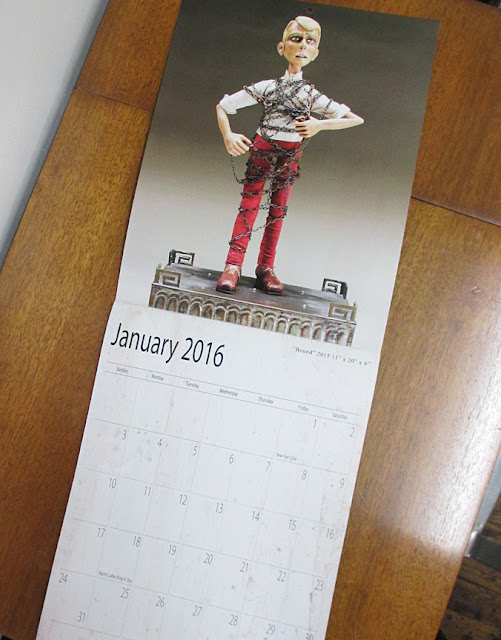I think this penchant of perfectly smooth surfaces first developed during the 'Materials and Processes' classes I took back in my days studying Industrial Design. My M&P professor would obsess over a smooth, perfect surface. He knew if he closed his eyes, and inspected it with his fingers, he could tell if a student put the time and energy into giving the prototype, or model, a perfect surface. I try to create that same experience. I love the smoothness of a painted surface after a good measure of fine sanding. Also, a good coat of Johnson's Paste Wax is the perfect finish, and probably adds to the buttery-ness.
I also love texture. And I love when multiple textures show up on the surface of a piece. Now I'm not talking about a tactile texture - I mean textures that results from the combination of.... the grain of the wood, the application of the paint, and the texture created by the wash of aging liquid, (which usually runs down into every minute crevice). After I obsessively sand over all of this, what results is an unpredictable, and most often, a beautiful, dynamic surface. A surface that looks textured but is actually very smooth.
Here's an example from my piece, "Au Contraire". This is the back of the elephant, showing all the rasp marks, sanding marks, and paint and age variation. And yet with all this going on - and after it was all sanded - what results is a smooth, touchable surface. Love.
Here's a shot of the floor and the shoes of my piece, "Wasted & Wounded". The floor has added texture because I (roughly) went over it with a hand plane to level out the surface. The plane added a lot great surface marks to the wood. After painting and aging, this was all smoothed out with lots of sanding, and finished with a coat of wax - hand rubbed to perfection.
Even on my oddball creations like this memory jug, I try to create a very touchable surface. This makes sense here because everything is done with one's fingers. Smoothing things out is a big part of the process.
Sadly, our phones and computer screens can not really convey the smoothness of these surfaces. People usually understand this obsession better once they've handled one of my pieces. Not that I want people handling my pieces - but it just goes to show the level of finish I put into every piece.
Here I am finely sanding the surface of a wall on a recent commission.....
And of course, this obsession spills over to all of my work - on the surfaces of my polymer clay heads, and on any mechanical parts, (cams, followers, levers, axles, etc. etc.) that have to be perfect.
The obsession continues.........
Thanks for looking, and happy sanding!
tom





















































